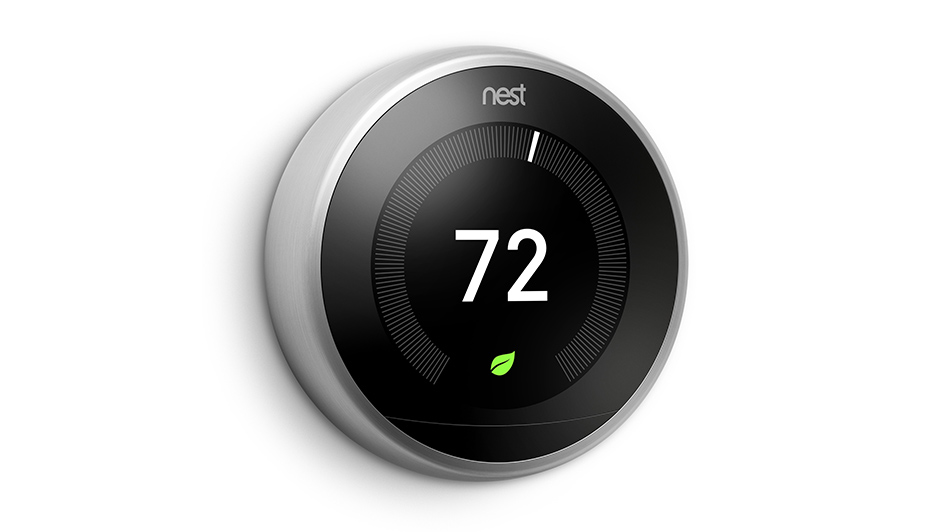
The Nest thermostat is one of the most popular smart thermostats on the market today. And for good reason. It learns your temperature preferences and creates an energy-efficient schedule to match. And by geofencing with your phone, the Nest Learning Thermostat and Nest E know when you’re at your residence or out and about and can change temps to help you save even more.
The Nest works with a wide range of 24-volt heating and cooling systems, but it’s always a wise idea to check the Nest thermostat compatibility checker before purchasing one. Don’t forget to check with your energy provider for valuable rebates, as you could be able to get a Nest for free or close to it.
Once you’ve confirmed it’s compatible, you can either install it yourself or call a HVAC specialist like Miller Climate Control LLC. If you’re putting it in yourself, you’ll see a terminal for the C-wire, or common wire. This wire is solely used for powering your thermostat. If your residence or HVAC system is older, you might not have one of these wires. Most of the time, Nest says this isn’t a problem because the thermostat can pull ample power from other heating and cooling wires.
Sometimes, your heating and cooling system may have to have that C-wire. And here’s why.
Why Your Nest Keeps Losing Power and Other Issues
The Google Nest Thermostat is an improvement from outdated programmable thermostats that use a combination of wiring and AA batteries for power. It uses a rechargeable lithium-ion battery and wiring to connect to Wi-Fi, power its digital display and operate your heating and cooling system.
8 Common Nest Thermostat Malfunctions
If it can’t receive ample power, Nest says you might have some of these problems:
- Bad battery life.
- Thermostat motion sensing won’t operate.
- Your thermostat every now and then disconnects from Wi-Fi.
- Your system suddenly turns on or off, or won’t shut off.
- Your system is making odd noises, including chattering, stuttering, clicking or thumping.
- Heating or cooling is short cycling, or repeatedly turning on and off in a short period of time.
- There is a delay notification on your Nest thermostat’s screen, such as “heating is delayed for 2:30 minutes.”
- The system fan is continuously working, won’t switch on or turns off and on repeatedly in a short period of time.
You might worry something is up with your heating and cooling system, but if you just got the Nest, we suggest you begin with your thermostat right away. This is especially pertinent if the weather is mild, and you haven’t been using your heat or air conditioning frequently.
Our Professionals Can Resolve Nest Thermostat Problems
If you’ve attempted Nest thermostat troubleshooting on your own but can’t fix the issue, a smart thermostat specialist like one from Miller Climate Control LLC can support you. We can diagnose the issue and add a C-wire, if needed.
Smart thermostats like the Nest are created to make your life easier, through automatic energy-efficient programming and the ability to check temps while you’re away from home. It’s a frustrating experience when yours won’t work properly, but our heating and cooling specialists at Miller Climate Control LLC can take care of the trouble quickly.
If you’re going through atypical heating and cooling behavior with your new Nest, reach out to us at 512-937-2001 to set up your appointment now.

